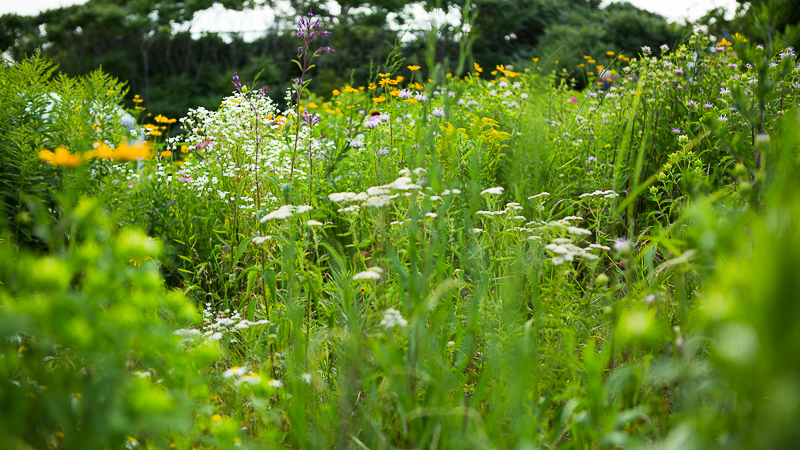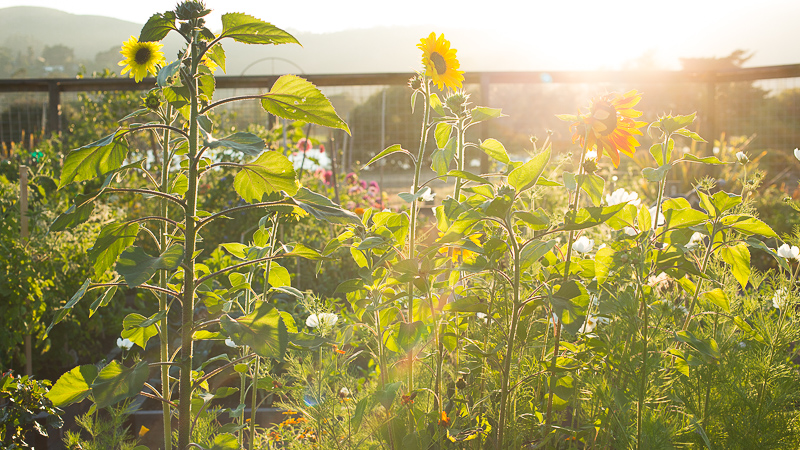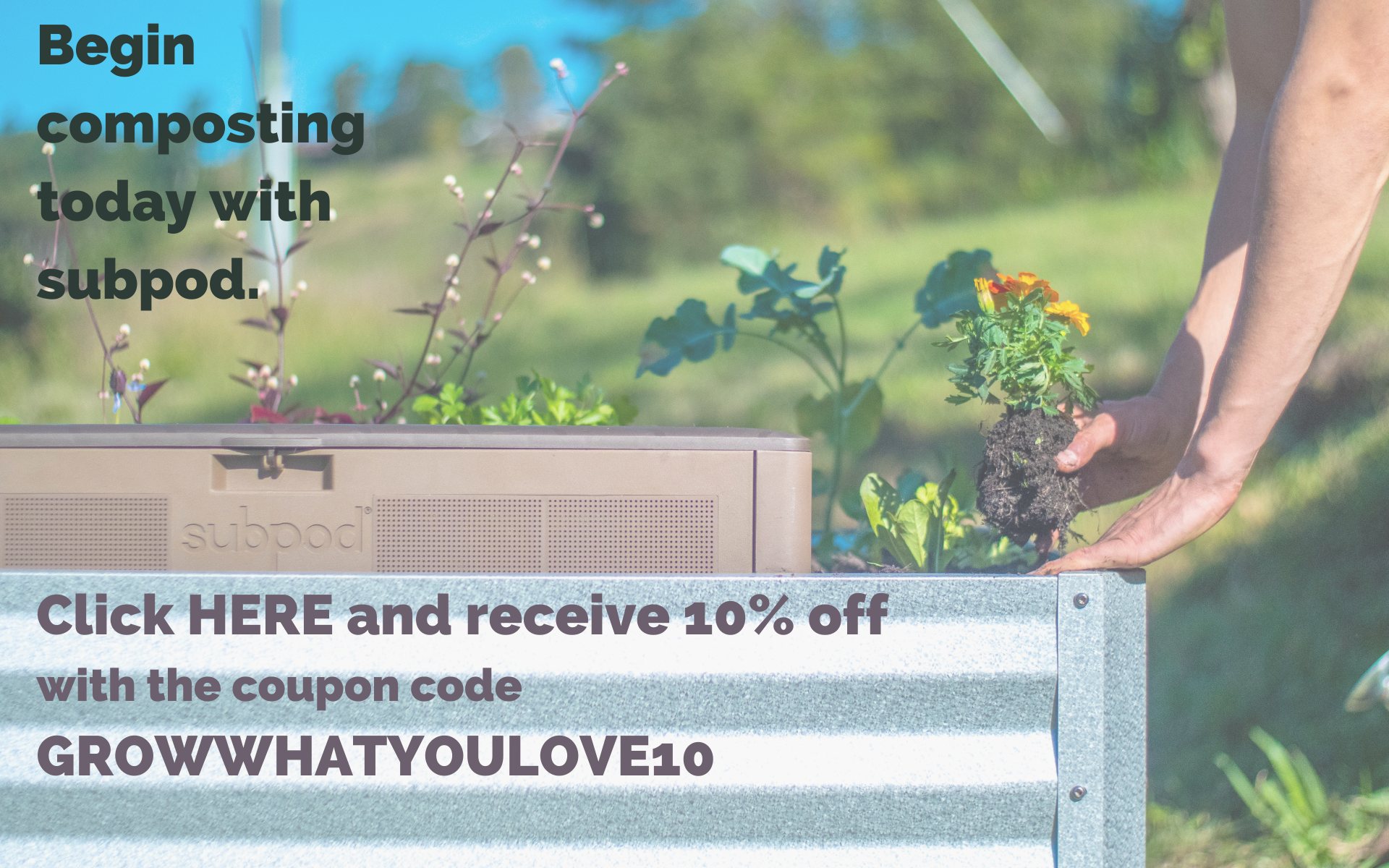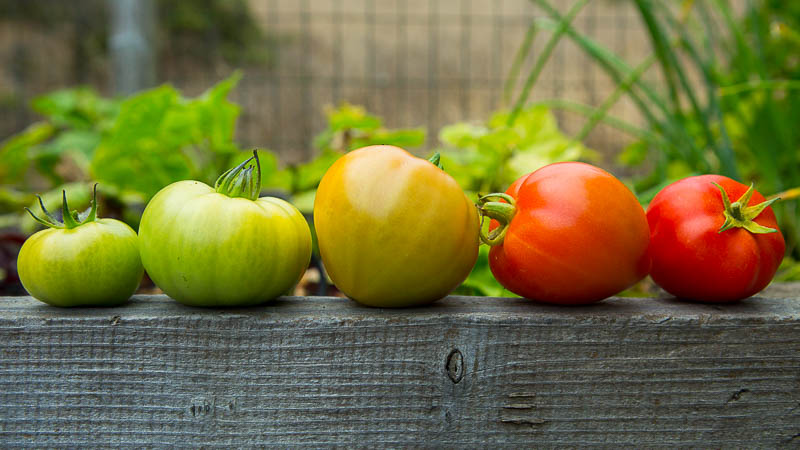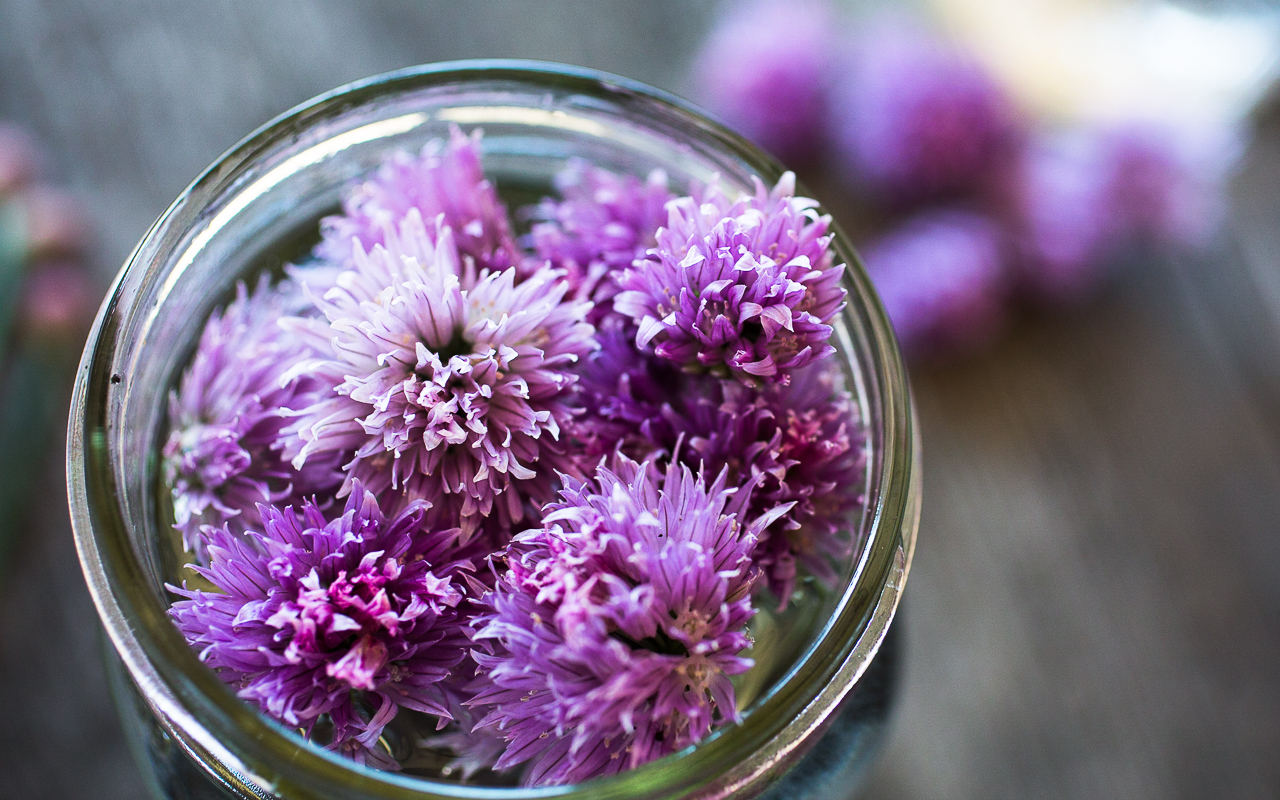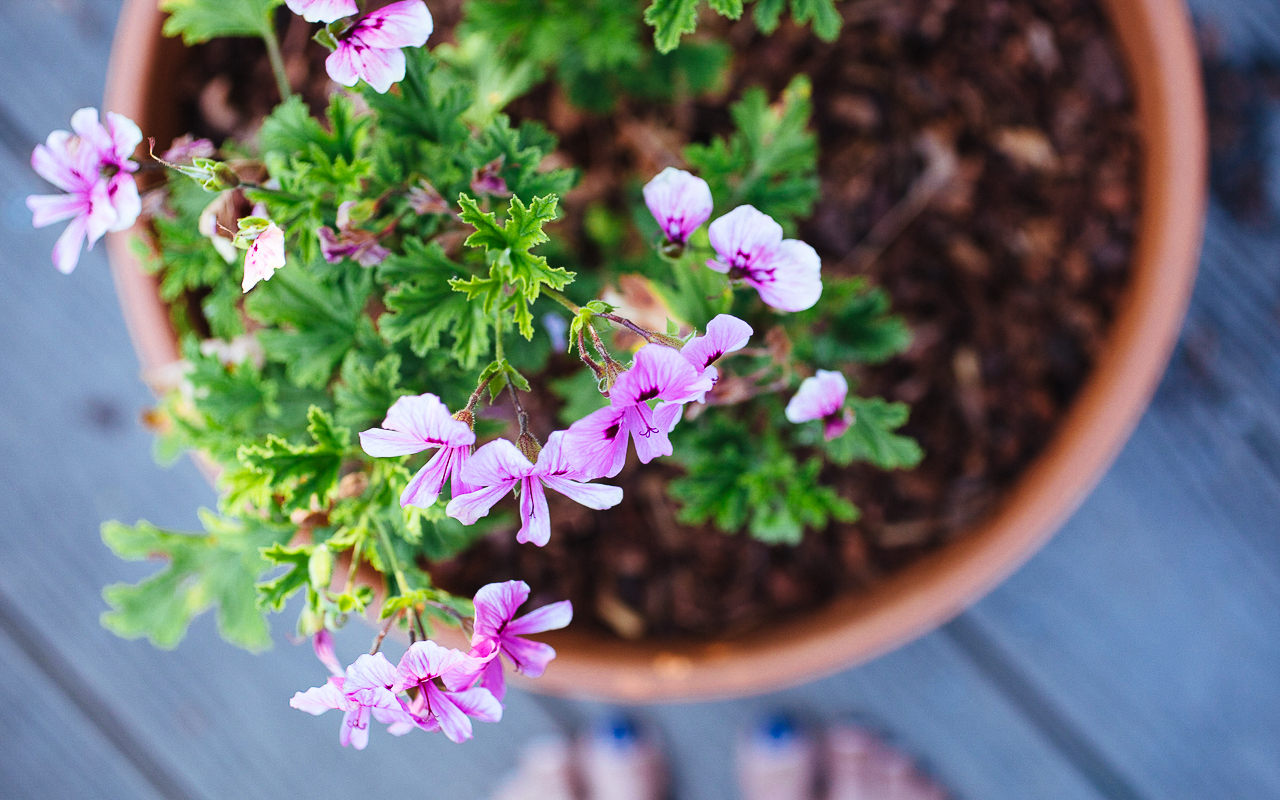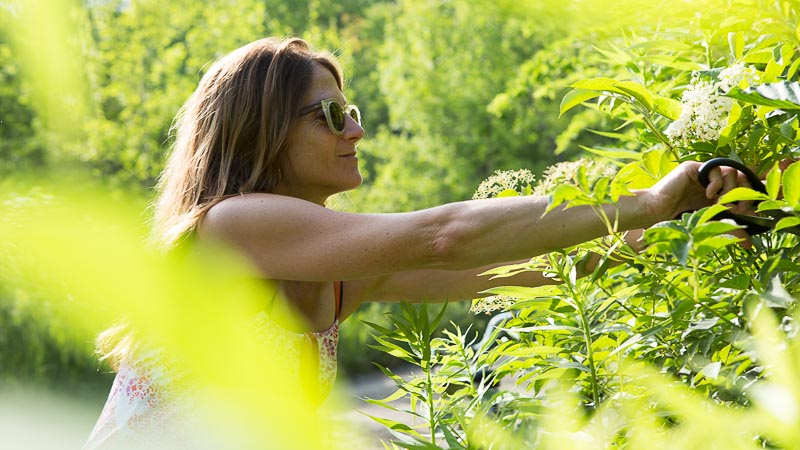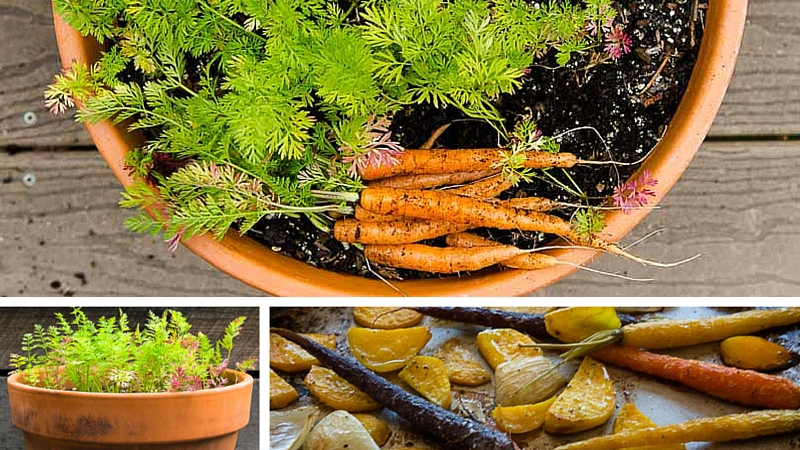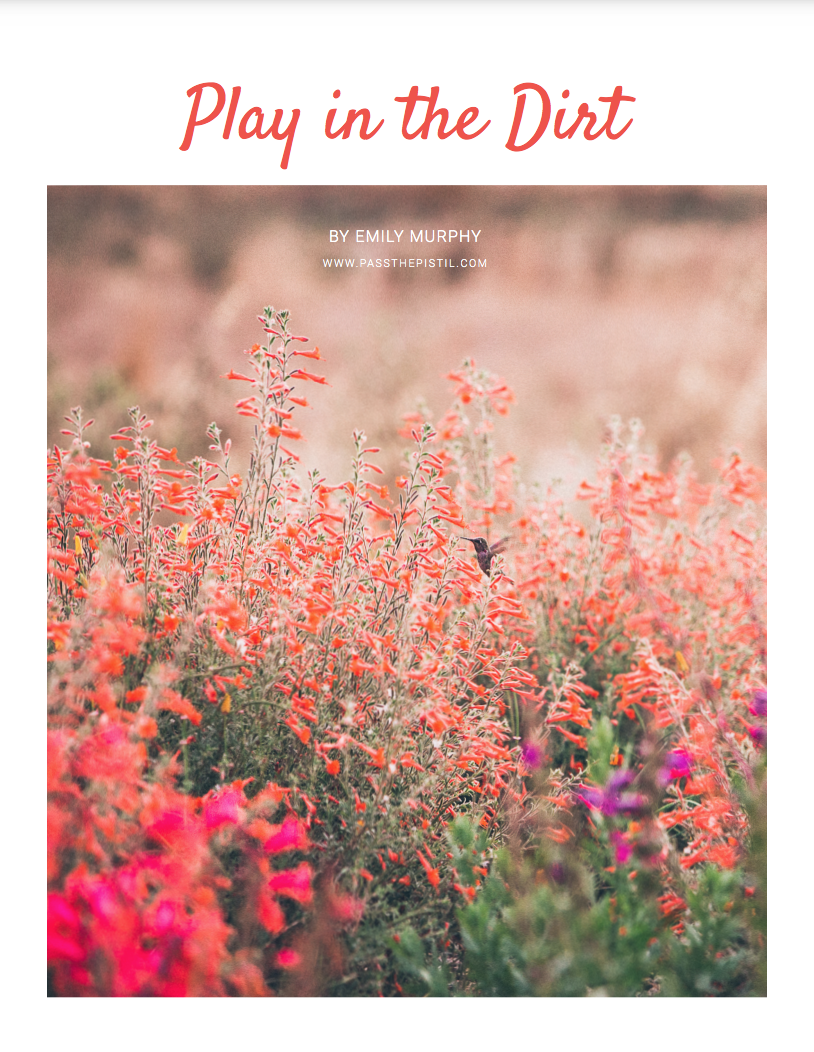What To Do With a Bumper Crop
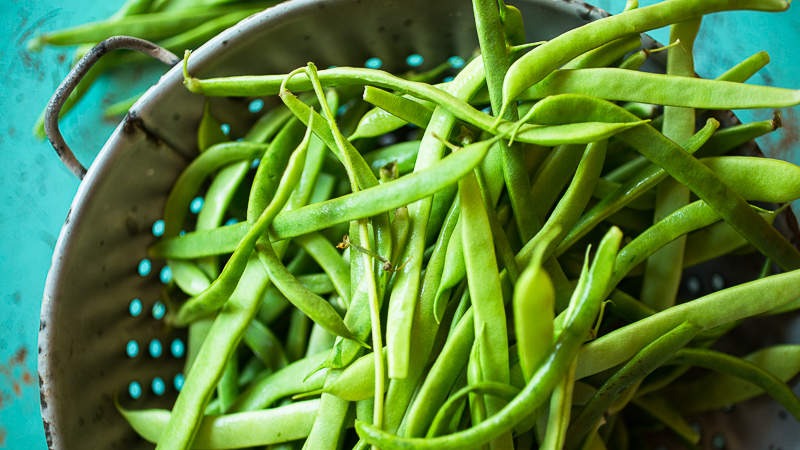
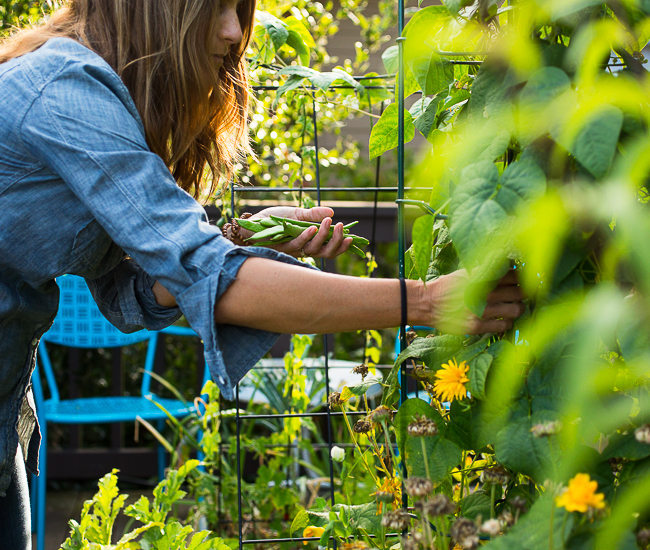
When it’s time to plant spring veggies, I do so with visions of summer bumper crops. At least with crops like tomatoes, cucumbers, and green beans.
The thought of harvesting more green beans than my family could possibly eat each night with dinner or when grazing in the garden would mean enough for pickling. And there’s something quite lovely about the sound of a jar popping open in winter, revealing summer’s harvest. Fruit and veg gathered in summer and stored for another season, and a moment that I knew would soon be coming though not yet planned, is something to look forward to. Maybe it’s an evening with friends and family sharing something homemade along with whatever I could pluck and store from the garden over a glass of wine (or a favorite gin)?
This is when homegrown anything becomes a quiet celebration, a story that crosses the seasons, weaving itself into the fabric of life. And isn’t it true, some of the memories that stick with each of us are the pies made by a grandmother with apples you helped to harvest? Or the rich fragrances of freshly cut herbs floating into the kitchen, the finishing touches to your mother’s favorite dish?
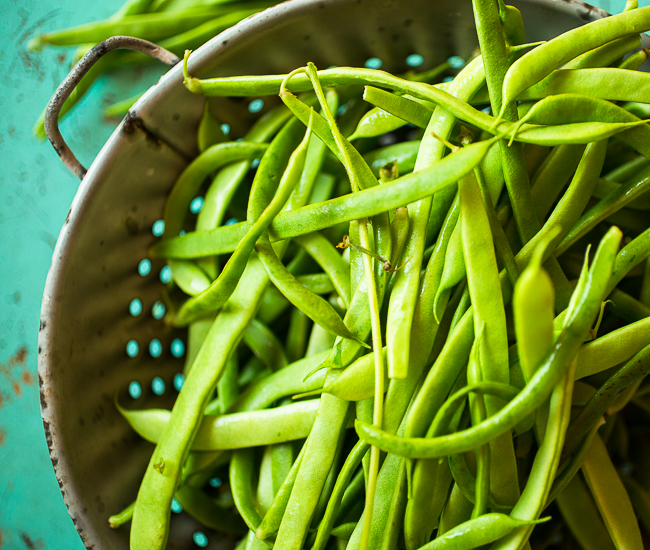
A glut of anything can seem daunting, especially if you’re not sure what to do with it now that it’s grown. But it doesn’t take much to turn a glut into the small good things of life that make living wonderful.
Like pickled green beans.
I love them spicy and dilly or not dilly, any which way they’re pickled really. This last round I made dilly with dill I grew along with the green beans and cucumbers, so most of what I canned or made could come from the garden. Though honestly, growing your own dill means you get the flowers, which are nearly impossible to find at the market and they’re so good in this recipe and so many others (plus they’re beautiful).
Crunchy, Quick Pickled Spicy Green Beans
Quick pickling is good, but using a hot water bath to can them means a longer shelf life. Somehow this is what I decided to do the second morning of a heat wave and the hottest day on record for my little valley (call it Murphy’s law of just plain stubborn).

SPICY DILLY BEANS
What You Need
- 3 lbs green beans (or close to it)
- 2 1/2 cups white vinegar
- 2 1/2 cups water
- 4 TBS salt
- 5 to 10 Garlic cloves cut in half
- 5 dill flowers or 5 tsp dill seed
- 5 tsp red pepper flakes or 5 red peppers
What To Do
- Gather, wash, and prepare green beans by snapping off tough ends.
- Harvest dill flowers.
- Prepare hot water bath, sterilize jars, and lids.
- Make your brine by combining vinegar, water, and salt in a sauce pan and bringing it to a gentle simmer. (Turn it off if it simmers before you’re ready to fill jars and warm it up as needed.)
- Peel garlic cloves and leave whole or cut in half (I like to cut cloves in half).
- Fill tall pint jars or quart jars with a garlic clove, 1 tsp red pepper flakes, and a dill flower. If you don’t have dill flowers, fill jars with 1 tsp dill seed. (I give quart jars a little more of each.)
- Tightly pack jars with prepared green beans. Break them as needed.
- Pour hot brine over green beans.
- Wipe the rim of jars and place lids and loosely tighten rings.
- Follow hot water canning instructions for your region and elevation using your most trusted canning source or guidelines provided by the National Center for Home Food Preservation.
- Use this recipe as a guide keeping in mind that you may need to make an extra batch of two of brine depending on your jars and harvest.

Other Ideas to Preserve Your Harvest
If you don’t have time to can your harvest, it’s possible to ferment, dehydrate or freeze a glut. I often resort to freezing berries and even apples. The berries can then be made into jams and other preserves at a later date. Often, with the apples, I’ll prepare them as if I were making apple pie, and freeze 6 to 8 cups per batch so, when I take it out of the freezer, it can go straight into a pie shell right when I need it most.
Drying or dehydrating summer harvests is also wonderful. Dried fruits and veggies can be mixed into any number of recipes from granola and power mixes to sauces and soups.
Herbs store well frozen in olive oil. Fill ice cube trays using 2/3 herbs to 1/3 olive oil or freeze them together in a cookie sheet or casserole pan. Remove from your pan once frozen and store in a tub, food saver, or zip lock and use small amounts when making soups or sautéing veggies — just as you would with olive oil straight from the bottle. (Only now it’s filled with the herbs nearly as good as fresh.)
Other articles you might enjoy:
Crunchy, Quick Pickled Spicy Green Beans
Listen
Buy The Book
Special offers
Newsletter Signup

Archives
Disclosure
Pass The Pistil is a participant in the Amazon Services LLC Associates Program and other affiliate programs such as Etsy, affiliate advertising programs designed to provide a means for sites to earn fees by advertising and linking to curated affiliate sites.

